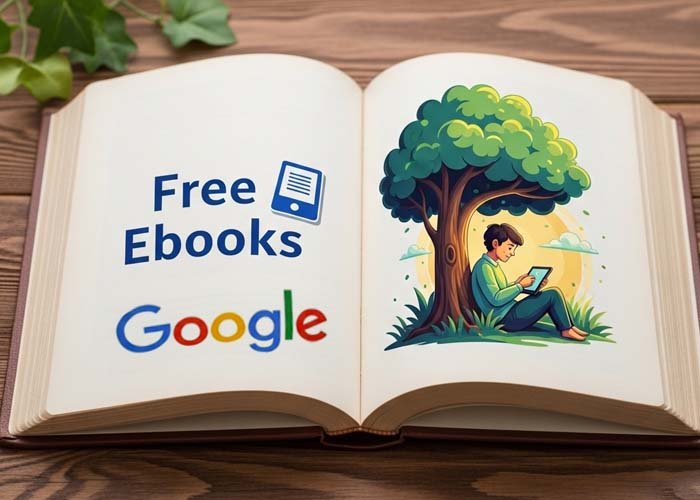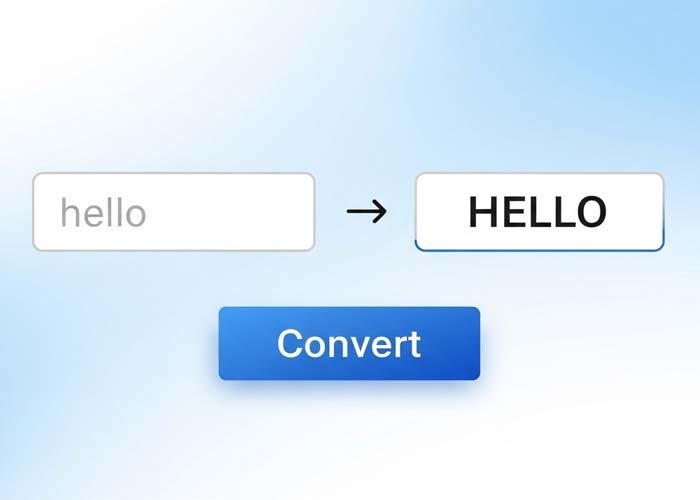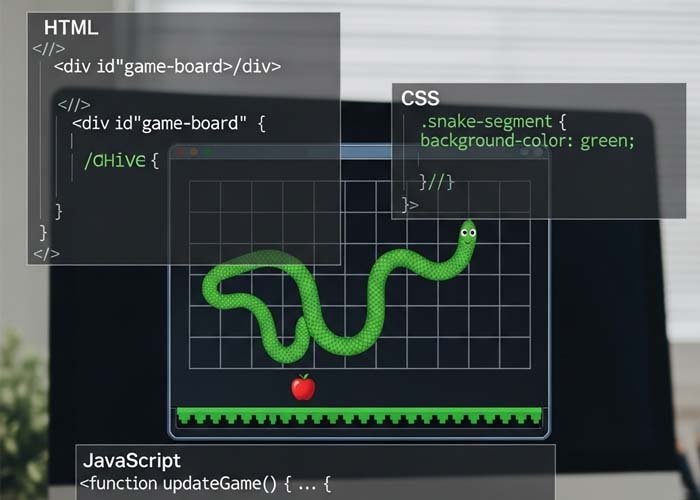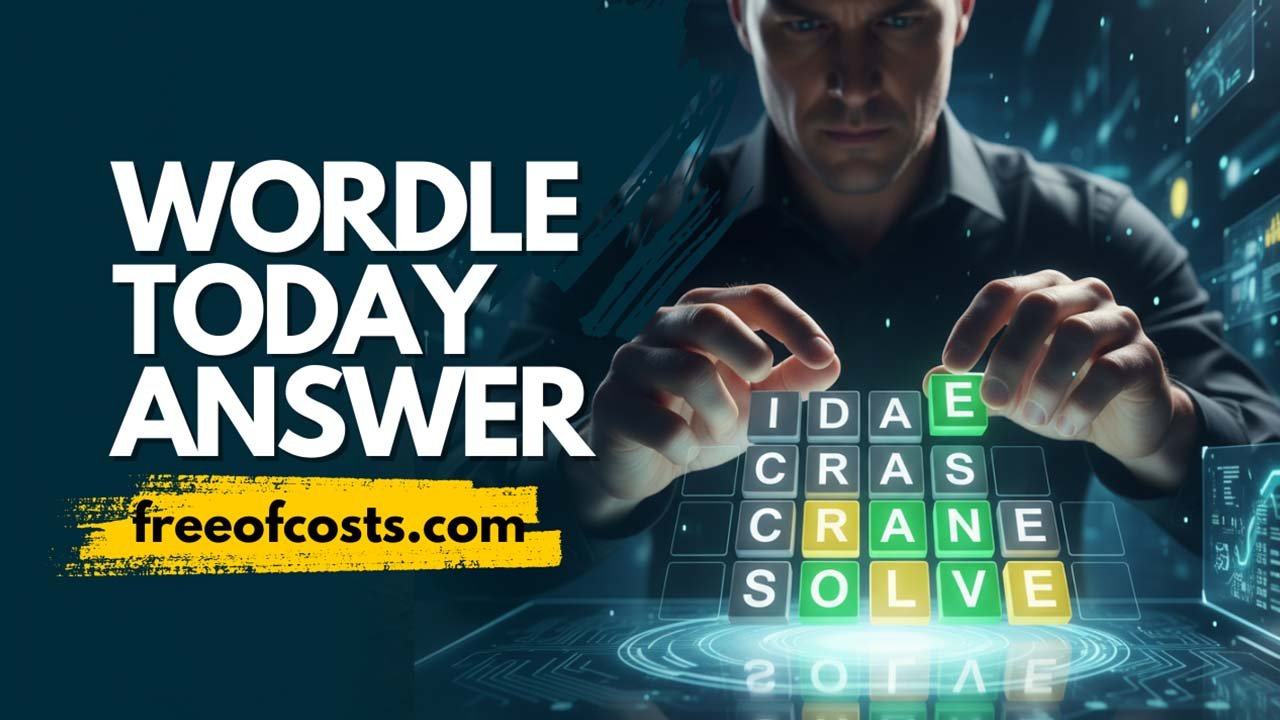Modern 3D Toggle Checkbox UI Using HTML & CSS
Interactive web design often includes creative toggles and switches that go beyond default checkboxes. One such example is the 3D-style toggle checkbox built purely with HTML and CSS. This custom UI element gives a modern, animated look that’s especially useful for modern web applications and user dashboards.
What This Toggle Checkbox Does
This custom checkbox behaves like a sliding toggle button with a smooth animated effect. It’s not just a replacement for the traditional checkbox — it enhances the visual experience by combining:
A gradient background
A rounded sliding switch
Subtle 3D-like effects and shadows
A playful rotation when toggled
All of this is accomplished with pure HTML and CSS, without JavaScript or external libraries.
Key Features of the Design
1. Custom Size and Variables
The entire design uses a CSS variable --size to control its scale, making it fully responsive and easy to adjust. By default, it’s set to 40 pixels but can be customized for smaller or larger displays.
2. Smooth Sliding Motion
When the checkbox is toggled, the small circular switch (styled from the <input> element) moves from left to right. This motion is achieved using relative positioning and smooth transitions.
3. Animated Face Icons
Inside the switch, pseudo-elements (::before and ::after) display small decorative dots or icons that rotate when the toggle is switched. This creates a subtle but elegant animation that resembles a face turning or blinking.
4. 3D Perspective
A perspective value on the wrapper creates a sense of depth. Combined with backface visibility and transform-origin properties, it gives the toggle a realistic, animated rotation when clicked.
How It Works Behind the Scenes
The HTML uses a simple input checkbox and a label. The label acts as the visual track, while the input becomes the sliding knob.
CSS is used to hide the default appearance of both the checkbox and label.
The label background provides the toggle’s base track.
The checkbox is styled to look like the toggle handle and is animated on state change.
Decorative elements (
::beforeand::after) simulate eyes or design details that animate when toggled.
Ideal Use Cases
This toggle switch is perfect for:
Modern dashboards
Settings panels
Mobile-first designs
Dark/light mode toggles
Custom feature switches on interactive websites
It replaces the traditional checkbox with a fun and futuristic component, keeping your UI modern and engaging.
Benefits of This Pure CSS Toggle
No JavaScript required
Easy to style and adapt using the
--sizevariableResponsive and mobile-friendly
Adds personality and interactivity to your site
Final Thoughts
If you’re looking to replace the standard checkbox with something stylish and unique, this 3D animated toggle switch is an excellent choice. It combines motion, depth, and playful design with clean code that’s easy to customize and maintain.
This code uses HTML and CSS only — no JavaScript included.
Copyright – 2025 Shoh2008 (c0der)
Permission is freely granted to anyone who obtains a copy of this software and its accompanying documentation files (referred to as “the Software”), allowing them to use, copy, modify, merge, publish, distribute, sublicense, and even sell copies of the Software. Additionally, users are allowed to permit others to use the Software under these same terms.
It is required that the above copyright notices and this permission notice be included in all versions or significant portions of the Software.
Please note, the Software is provided “as is”, without any form of warranty—express or implied. This includes, but is not limited to, warranties of merchantability, fitness for a specific purpose, or non-infringement. Under no circumstances shall the original authors or rights holders be held responsible for any claims, damages, or other liabilities that may arise from the use of the Software, whether through legal action, negligence, or otherwise.
All code on Freeofcosts.com is reviewed before publishing. Each post includes a live code editor with real-time preview, so you can experiment and learn by doing. Most code is open-source and free to use or modify under respective licenses.



